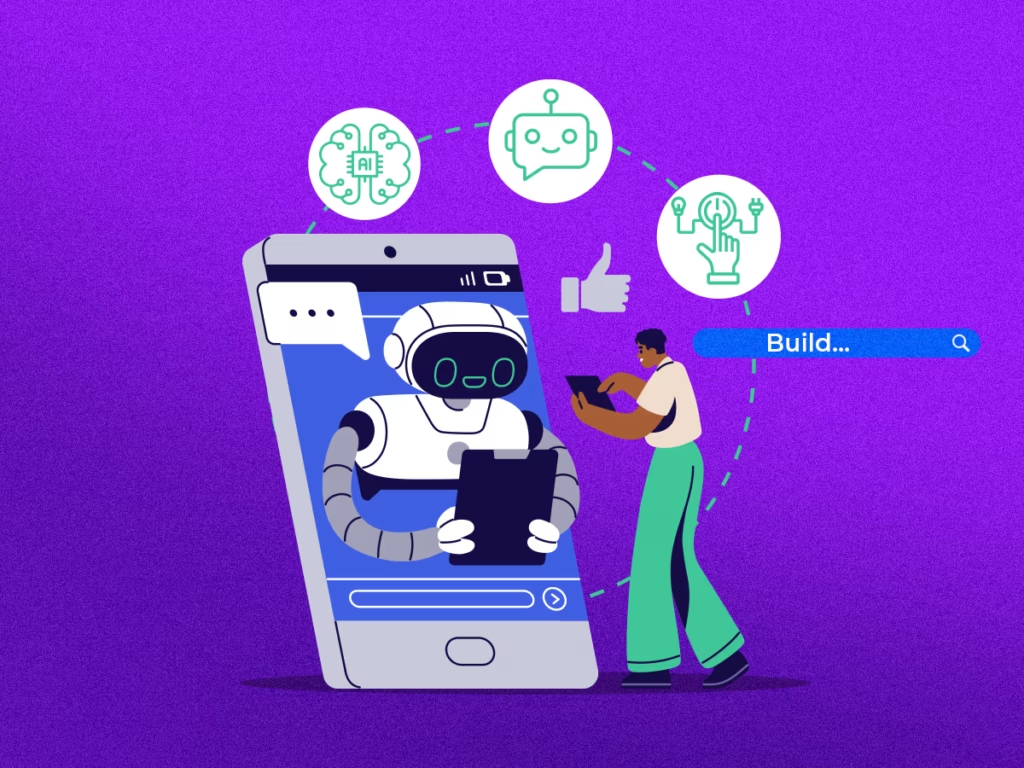Implementing AI Chatbots: Best Practices for Training and Integration

AI chatbots are revolutionizing the way businesses engage with customers, offering efficient, personalized, and automated interactions. As more companies look to integrate these intelligent systems into their customer service operations, it’s essential to understand the best practices for chatbot training and seamless integration. In this article, we’ll explore key strategies to help businesses optimize their AI chatbot deployment, ensuring they deliver exceptional user experiences and maximize ROI.
Why AI Chatbots Are Essential for Modern Business Operations
The demand for AI-powered chatbots continues to grow, with businesses looking to automate customer interactions, improve service efficiency, and provide 24/7 support. By integrating AI chatbots into customer service platforms, companies can manage high volumes of inquiries, enhance user satisfaction, and reduce response times. When implemented correctly, AI chatbots not only increase operational efficiency but also drive customer engagement and loyalty.
Benefits of AI Chatbots in Business
- 24/7 Availability: AI chatbots can offer continuous support, ensuring customers receive immediate assistance at any time.
- Cost Efficiency: Automating customer interactions reduces the need for human agents, cutting operational costs.
- Improved Response Time: AI chatbots provide instant replies, allowing businesses to handle a large number of inquiries simultaneously.
- Personalization: With advanced AI algorithms, chatbots can provide personalized responses, making each customer interaction unique and relevant.
Best Practices for Training AI Chatbots
Effective AI chatbot deployment requires thorough training. Properly trained chatbots can understand customer queries, provide accurate responses, and even learn from each interaction. Below are some essential best practices for training AI chatbots:
1. Define Clear Objectives for Your Chatbot
Before diving into training, it’s important to establish clear objectives for your chatbot. What role will it play? Will it handle customer support, assist in product recommendations, or process transactions? Defining these goals helps in tailoring the chatbot’s responses and training materials.
2. Use High-Quality Training Data
AI chatbots rely on data to learn and improve. For successful training, use high-quality, diverse data sets. This data should include common customer queries, product-related questions, and feedback. The broader and more diverse the dataset, the better your chatbot will perform in handling varied customer interactions.
3. Focus on Natural Language Processing (NLP)
Natural Language Processing (NLP) is the backbone of any effective AI chatbot. Train your chatbot to understand not only the literal meaning of words but also the context and intent behind them. This allows the chatbot to provide more accurate, human-like responses.
4. Continuous Learning and Refinement
AI chatbots must continuously evolve to stay relevant and effective. Regularly update the chatbot’s knowledge base with new information, and ensure that it learns from past conversations. Continuous training and refinement help the chatbot handle more complex queries and improve its decision-making abilities over time.
Integrating AI Chatbots into Your Business
Once you’ve trained your chatbot, the next step is to integrate it seamlessly into your existing systems. Whether you’re integrating it into a website, mobile app, or social media platform, the process requires careful planning and execution.
1. Choose the Right Platform for Integration
There are various platforms for integrating AI chatbots, such as websites, CRM systems, or messaging apps. Choose the platform that best suits your customer engagement strategy and where your customers are most active. Popular options include:
- Website Chatbots: Adding a chatbot to your website can offer immediate support to visitors.
- Social Media Integration: Deploy chatbots on platforms like Facebook Messenger or WhatsApp for social media engagement.
- CRM Integration: Integrating chatbots with CRM tools like Salesforce ensures a unified approach to customer management.
2. Test Before Full Deployment
Before going live with your chatbot, conduct extensive testing to ensure everything works as expected. Test for common scenarios, edge cases, and ensure the chatbot responds correctly to various customer inputs. Gathering feedback from a small group of users during the testing phase allows for adjustments before full-scale deployment.
3. Ensure Cross-Channel Compatibility
Customers often engage with businesses across multiple platforms, so it’s important that your chatbot offers a consistent experience across all channels. Ensure your chatbot is integrated and optimized for use on different devices and platforms, providing a seamless customer experience, whether users are on desktop or mobile.
Monitoring and Improving Chatbot Performance
Even after deployment, it’s crucial to monitor the performance of your AI chatbot. Regular analytics help in identifying areas for improvement, ensuring that the chatbot remains a valuable asset.
1. Use Analytics to Measure Success
Use chatbot analytics to track key performance indicators (KPIs) such as response time, user satisfaction, and conversion rates. This data will highlight areas where the chatbot excels and where it may need further refinement.
2. Collect Feedback from Customers
Customer feedback is invaluable for improving chatbot performance. After interactions, ask users to rate their experience, and use this feedback to fine-tune your chatbot’s responses and capabilities.
3. Update Regularly
As your business grows and evolves, your chatbot must stay up-to-date. Regularly update your chatbot’s knowledge base with new information and make adjustments based on customer feedback and analytics.
Conclusion: Optimizing AI Chatbot Integration for Business Success
Implementing AI chatbots into your business operations can drastically improve customer service and drive business efficiency. By following best practices for training and integration, businesses can ensure that their chatbots provide accurate, personalized, and effective support.
Ready to Implement AI Chatbots in Your Business?
If you’re ready to take your customer engagement to the next level with AI chatbots, MessageMind offers advanced solutions tailored to your specific needs. Start integrating AI chatbots today and see how they can transform your business operations and customer relationships.
Contact MessageMind to Learn More and unlock the power of AI for your business!

